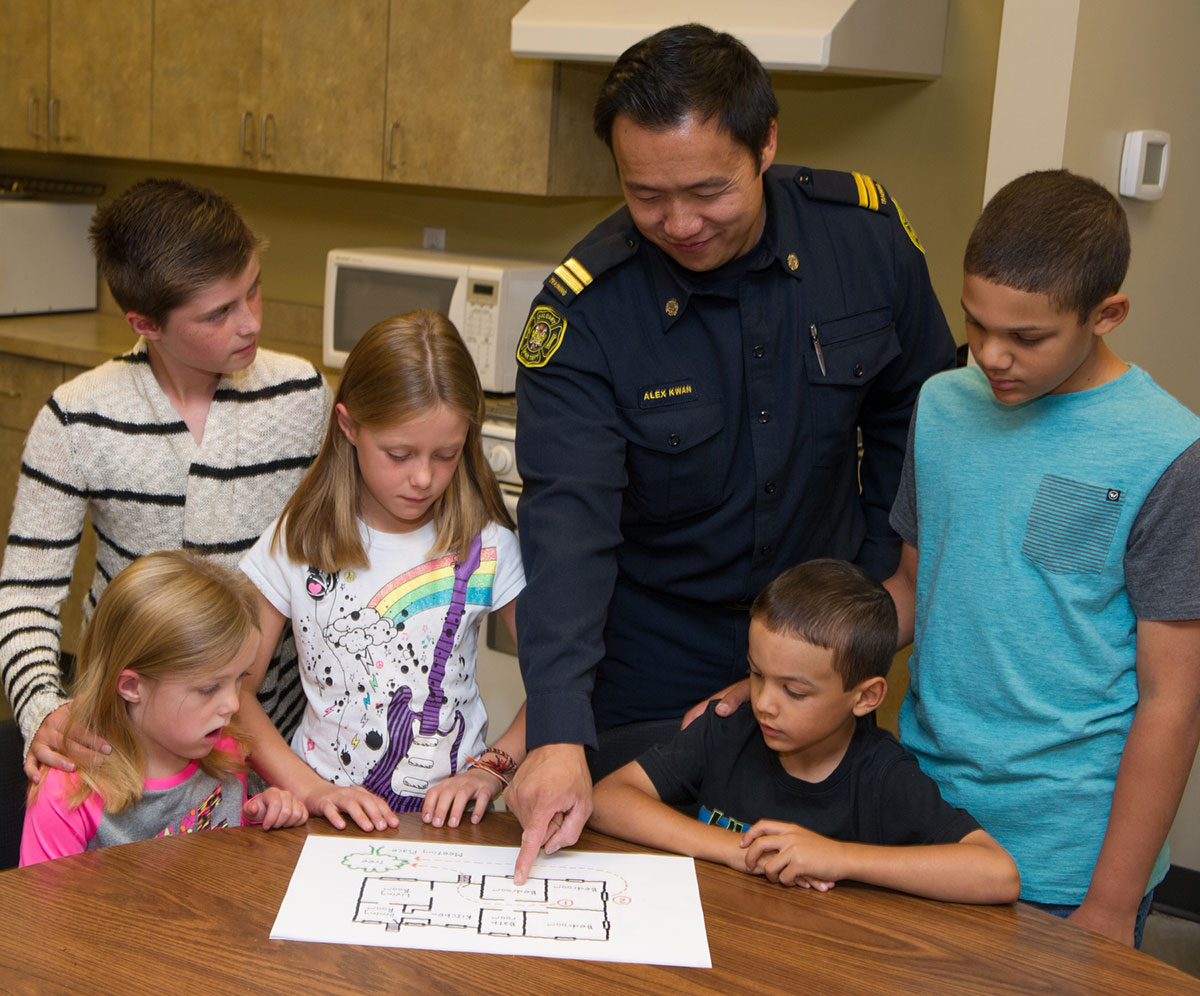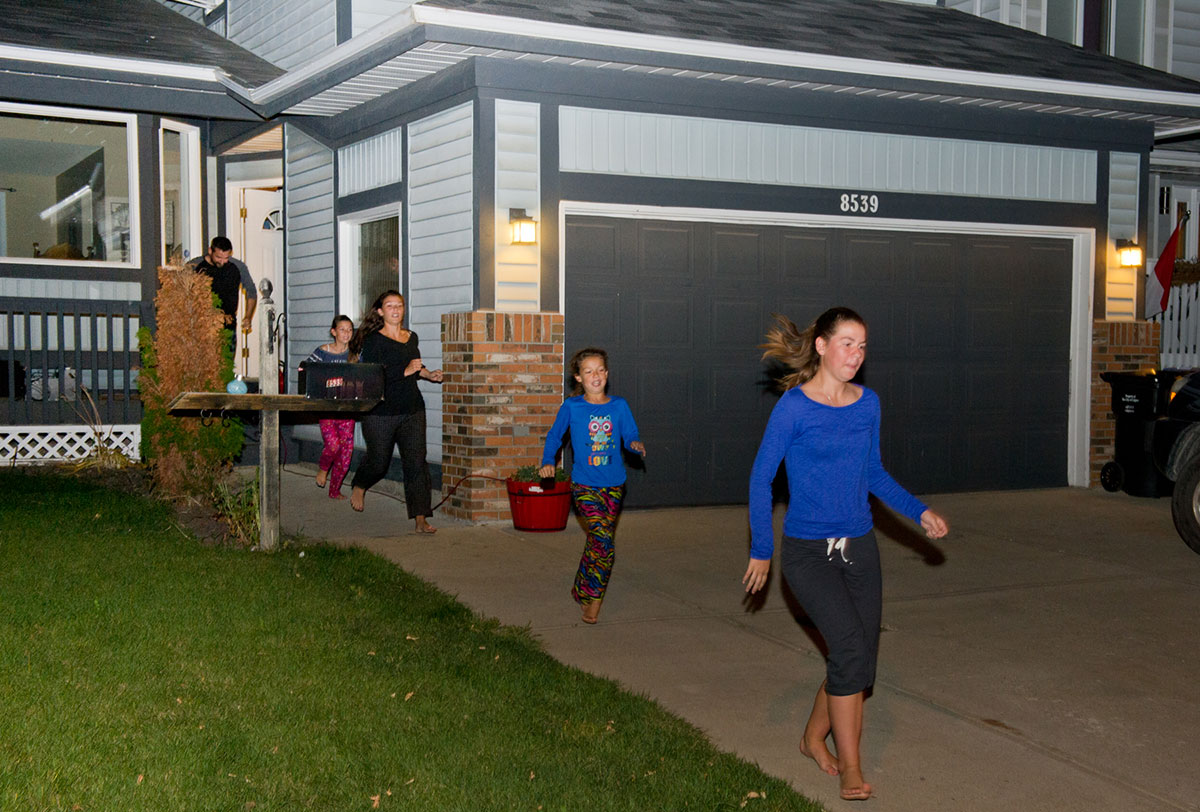Home escape plans
How to create a home escape plan
- Print and use our home escape plan template to draw a floor plan of your home that includes all doors and windows.
- Draw two ways out of every room for each family member, including infants and family members with limited mobility. Using a door to get out of your home is your first option. A second option can be to use a window.
- Pick a meeting place outside your home where everyone should gather after leaving your home. This meeting place can be a neighbour's house, a tree, or a telephone pole.
- Remind your family to never go back into a burning building.

Purchase a fire escape ladder
If one of your escape routes has you going out a second or third story window then you should have a fire escape ladder.
Fire escape ladders can be purchased at your local hardware stores.
Follow manufacturer’s instructions to ensure the Fire Escape ladder can be used on your window sill.
If you don’t have a home escape ladder or it’s unsafe to use
- Keep the door closed and use any blankets, towels or clothing to block the space under the door to keep smoke from entering the room.
- Go to the window, open it and make lots of noise to let people know you’re trapped inside.
- If you have a mobile phone, call 911 and let them where you are. Continue to make noise and wave items such as clothing or other blankets or sheets out the window.
How to practice a home escape plan
Everyone who lives in your home should practice your home escape plan at least twice a year (ideally once in the daytime and once at night) to ensure they remember what to do if there is a fire.
When practicing your home escape plan follow these steps:
- Start with everyone in their rooms.
- Test your smoke alarm to make sure it works and that everyone can hear it.
- Practice feeling around the doorframe, space between the doorframe, and the doorknob with the back of your hand to see if they are warm. If it is warm it means there is a fire nearby and you should use a different escape route.
- Practice escaping through smoke by crawling on your hands and knees with your head one or two feet (30 to 60 cm) above the floor.
- If you live on a second or third-story building make sure to review the instructions on how to use and deploy your ladder. Please do not use the ladder unless there is an emergency.
- Have everyone meet at the meeting place written in the plan.
- Once you are safely outside, make sure everyone knows to call 9-1-1 to report a fire in your home. They should also know what information they need to provide when calling 911.
- Remind everyone to never go back into a burning building.

Keep your escape routes clear
Make sure to remove anything that may block your escape routes and keep them clear throughout the year. Be sure to check that all doors and windows open easily and that they are not blocked from the inside or outside.
Other resources
-
Learn how Calgary firefighters work to keep our communities safe.
-
Secondary suites in Calgary must comply with certain regulations in order to keep residents safe.
-
High-rise building have special safety concerns that you should be aware of.
-
Properly installed and maintained fire safety equipment will help you escape your home during a fire.


